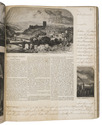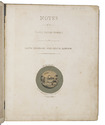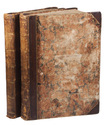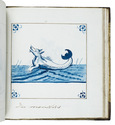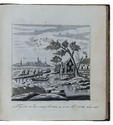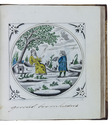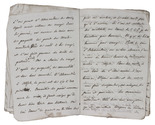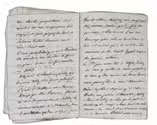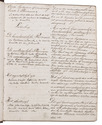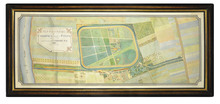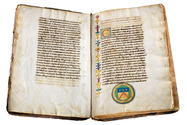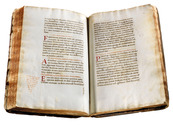Unpublished manuscript containing early examples of 19th-century Dutch "minister-poetry"



SMEER Junior, Frans.
Lettervruchten en bloempjes.
[The Netherlands, ca. 1820]. 2 volumes. 8vo. Contemporary gold-tooled half green calf with a red morocco title-label on the spine, marbled sides, gold-tooled board edges, red decorated edges. [98]; [112] ll. Full description
€ 1,250
[The Netherlands, ca. 1820]. 2 volumes. 8vo. Contemporary gold-tooled half green calf with a red morocco title-label on the spine, marbled sides, gold-tooled board edges, red decorated edges. [98]; [112] ll. Full description

